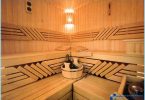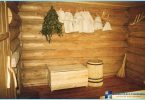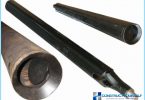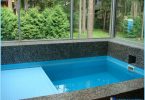The contents
- Why it is necessary to periodically clean the oven with soot
- The causes of soot in furnace, chimney and pipe
- The prevention of the deposition of soot
Today in the main heat sources for solid fuels are: in cities – fireplaces, cottage – bath oven, and in the villages – the integrated household stoves for cooking and heating the home.
Suburban fireplace and furnace do not differ structurally very complicated. The only place where it can more rapidly deposited soot is the transition section of the furnace into the chimney. But the village «thermal center» can often be a quite complicated structure. In addition to the furnace, blower, and chimney pipe, there may be items such as burs, vertical wells (3 to 5), the horizontal portions, oven, place clean, etc. So that the cleaning of the chimney here is one of the most simple operations.
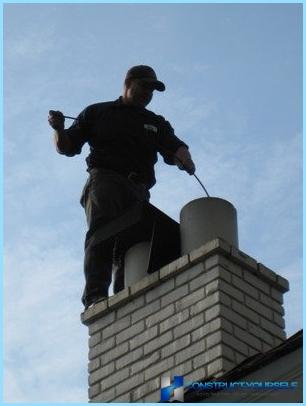
All of these heat sources require constant monitoring, adherence to written and unwritten pRavil operation, periodic cleaning and removal of soot and preventive maintenance, and repair.
Why it is necessary to periodically clean the oven with soot ↑
This must be done for two very important reasons directly related to the safety and even the preservation of life, living in the house of people.
For optimal traction
Soot, settling on the inner walls of the chimney, gradually reduces its cross section and prevents the free passage of combustion products. In addition, a thick and dense particulate layer prevents the full heating of the walls of the chimney (and it also leads to a fall in thrust), promotes the penetration of smoke into the room and reduces the effectiveness of one of the main functions of the furnace – heating space, which leads to excessive fuel consumption.
For safe use of the furnace
When the temperature for any reason, soot in the chimney that can ignite and burn, which will definitely cause the cracking of the walls of the chimney and can lead to its destruction. But the main danger still is not the case, and emitted from the chimney pipe glowing particles of soot of burning (sparks) which can lead to a real fire, and this is very serious! In addition, bad traction can also lead to sad consequences: to poisoning by carbon monoxide, which is dangerous not only for health, but for life.
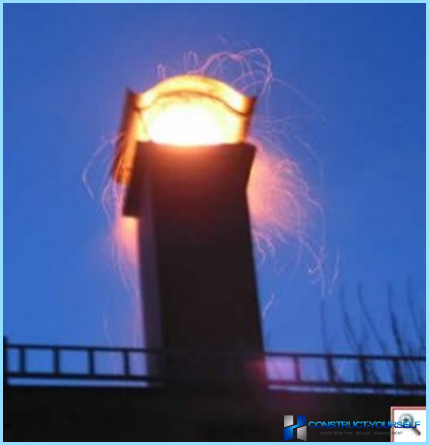
The causes of soot in furnace, chimney and pipe ↑
Even in the most advanced furnaces for solid fuels with time on the inner walls of its elements will accumulate soot. But with proper care, optimal organization of the process and the proper use, cleaning furnaces and flues soot will be less without excessive problems and will not require large expenditures of time and money.
The intensity of soot formation in furnaces depends on many factors. It is convenient to divide into three categories:
- Constructive-technical. Inefficient internal structure, badly matching dimensions and materials, poor quality masonry, etc, with high level of roughness of the inner channels of the hearth, the intensity of soot formation will only increase.
- Organizational. They are mostly associated with the type and quality of fuel: ash content of coal tar wood, and humidity of both. The increased value of any of these indicators inevitably leads to rapid accumulation of soot.
- Operating. Because in the winter time the furnace is used constantly and intensively, any «detail» in the untimely removal of ash from the blower, a non-optimal adjustment of thrust, irregular events to reduce deposits of soot, etc. will contribute to the intensification of the process. For example, if thrust is too large, unburned, relatively large fuel particles would be subjected to the wells, the chimney and the pipe and to settle there, if small enough, it will happen and with a fairly small fuel particles.
The prevention of the deposition of soot ↑
Traditional methods ↑
For prevention you can sprinkle the burning fuel rock salt. More active means of removal of soot from the furnace are clean the chimney potato skins that are filled into the burning furnace by weight 3 to 6 kg. the steam released from the product when heated, dissolves soot, small particles which are carried through a pipe, and a massive fall to the bottom of the furnace. However, the main purpose of this procedure is softening of the carbon black to facilitate the subsequent mechanical cleaning.
It is easy to carry out cleaning of the fireplace with his own hands with the help of aspen or alder wood. For this we need just some time to sink it. In the chimney develops a high temperature, which intensely burns soot. Sometimes in this method, the oven begins to «buzz», that’s not safe from fire point of view. Can also be carried out clean fireplace chimneys.
Chemicals ↑
In order to prevent used cleaning chimney soot in the form of chemicals (liquids, powders or pellets) that are added into a burning furnace. There they produce is not dangerous to the health of the people of Gaza, decomposing deposits on the walls of the chimney, and promotes its shedding down.
The best-known chemicals are:
– PCC — anti-scale chemical composition which is a powder that burned without removal of paper packaging together with the fuel or separate from the wood. Dose means requires precise regulation: on 1 ton of fuel not more than 0.15–0.2 kg of powder.
– «Kamenicek» (Czech Republic). This drug helps to remove grime and soot due to the catalytic initiation of the reaction, with the result that the soot is transformed into oxide, burning without flame at a temperature lower than normal.
– Log «Chimney sweep». This tool looks like a small bar or a preform, releasing the combustion gas ingredients, under the action of which the reduced thickness of the resinous particle layer inside the furnace. It thus dries and crumbles down into the space of the furnace.
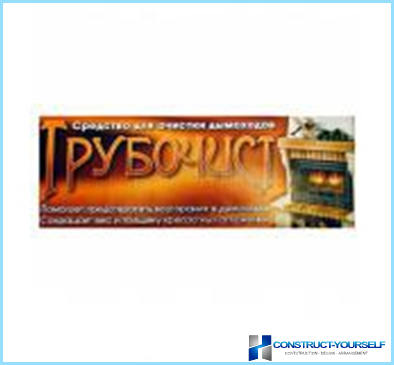
Logs for cleaning chimney is intended for systematic preventive cleansing flues. It can be used in all stoves and fireplace inserts, which burned wood and coal. Moreover, the greater the size of furnace and how it is used intensively, the more it is necessary to burn such bricks. But usually it is a small quantity: from one piece of wood for six months to two for 2 months.
The composition of the log includes coal dust in coal wax, sawdust, urea, ammonium sulphate, anhydrous sodium sulphate, zinc chloride, phosphorus oxide and amorphous silica. It is especially effective in brick chimneys.
Included in the log additive does not lose activity 1-2 weeks after burning. In this period, soot continues to move away and crumble into the furnace. At the end of this period you should clean the stove, inspect the chimney and chimney knee, to remove precipitated sediments.
Equipment for cleaning ovens from soot ↑
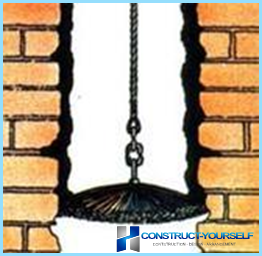
Prior to mechanical cleaning of the chimney it is necessary to close all cleanout openings in the furnace to carbon black is not scattered around the house. Cleaning a chimney is produced when carbon deposits on its walls reach two or more millimeters. The main tool for this is a metal brush for cleaning the chimney diameter is 20% larger than the diameter of the tube furnace, and in addition to it brush to clean the chimney. For work, you may need a scraper to remove the thick layer of soot and round heavy core for punching congestion, which may be necessary and as a weighting agent for brush or wire-brush.
After mechanical cleaning of the chimney when you open the cleanout holes should be removed sediments, using a brush and dustpan or special spoon for soot. Remnants of soot can be removed with a vacuum cleaner. At the end of the procedure open and clean the firebox and ash pit.
Equipment for cleaning of flues should be stored separately from the other serviceable tools, but in an accessible place.

